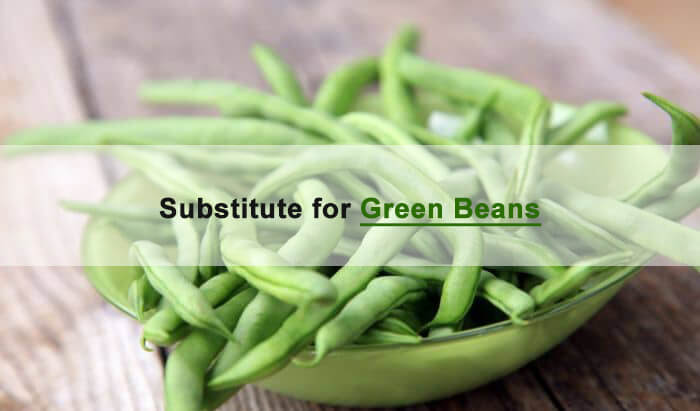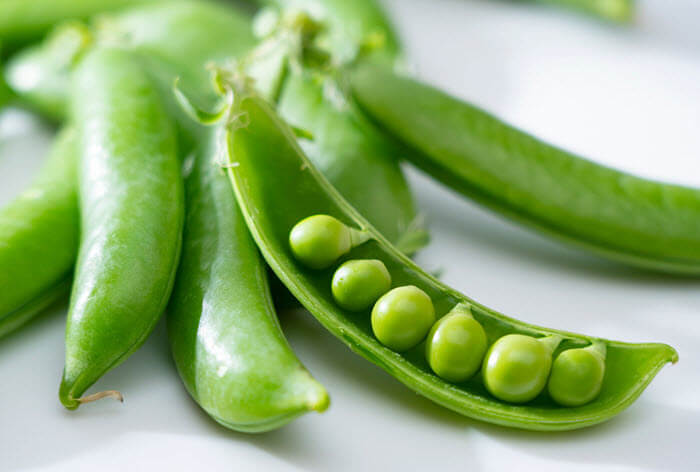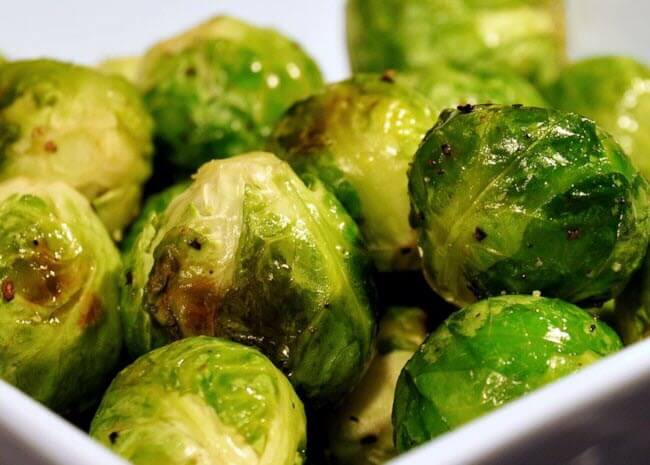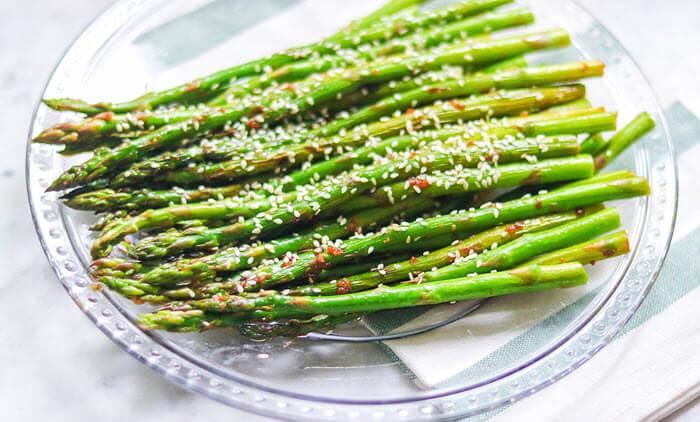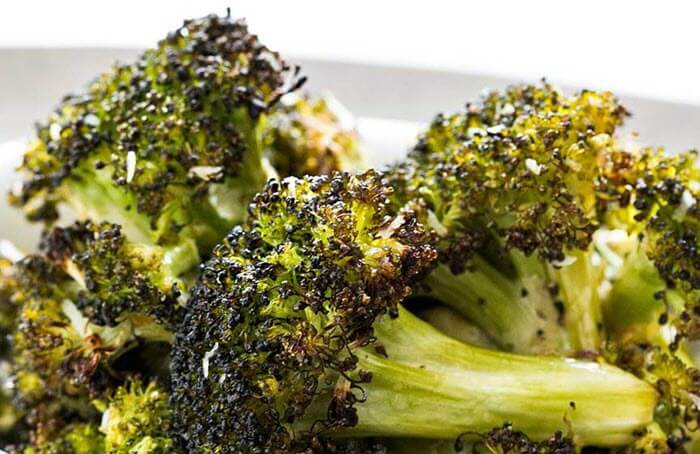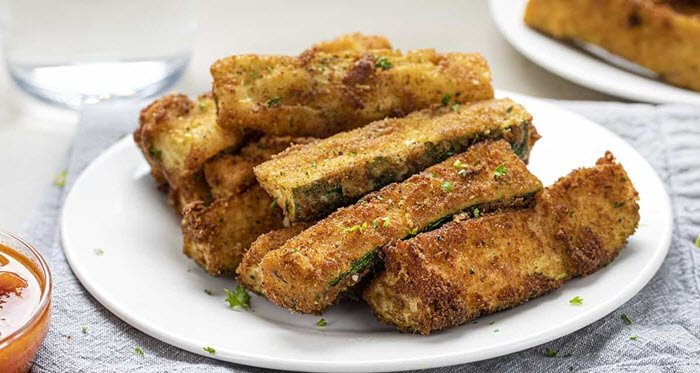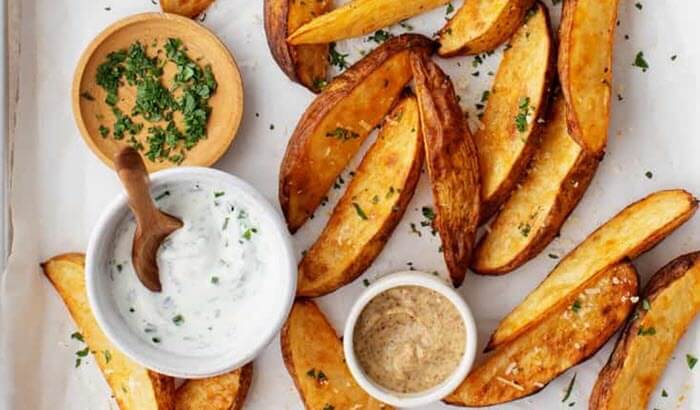There are many green bean substitutes out there that can be complementary to your diet. But sometimes it can be difficult to figure out exactly what those substitutes are.
If you find yourself in the category of endlessly searching for information on green beans, stay tuned.
Table Of Contents
Are Green Beans Good For You?
Figuring out if green beans are good for you can sometimes feel like an endless rabbit hole of information, especially if you’re not a dietician or anything of the sort.
If you end up feeling more confused after your research on green beans than when you started, you’ll want to keep reading.
Green beans are a nutritional powerhouse. They’re a great source of antioxidants, minerals, and vitamins, but also quite low in calories at the same time.
Green beans are classified as a legume. This means they’re included in the same family as lentils, peans, peanuts, and other types of beans. They have a high level of fiber and can promote digestive health when consumed regularly.
What Are The Benefits of Green Beans?
Blood Sugar Control
As mentioned earlier, green beans are loaded with fiber, which helps slow the rate at which sugar is released into the bloodstream. That may help improve blood sugar control among people with type 2 diabetes.
Heart Health
Because green beans have so much fiber, it might help lower your LDL (bad) cholesterol levels, and that means it can help lower your risk of developing heart disease. Green beans are also a good source of folate and potassium — two nutrients that can help reduce blood pressure.
Inflammation Reduction
Green beans contain polyphenols, which are plant compounds that may act as antioxidants, reducing inflammation throughout the body. Inflammation is linked to conditions like diabetes and heart disease.
Cancer Prevention
Research shows that polyphenols in green beans may reduce the risk of certain cancers, including breast cancer and colon cancer.
Full of Vitamins
Green beans also contain small amounts of several other nutrients that are important for good health. These include:
- Vitamin A: Essential for healthy vision, reproduction, and immune function
- Vitamin C: This vitamin helps support your immune system by fighting free radicals that cause damage to your cells
- Vitamin K1: This fat-soluble vitamin is important for blood clotting and bone health
11 Best Green Beans Substitutes for You
Finding a green beans substitute isn’t too complicated once you know the nutritional components inside them.
Here are a couple of replacement you’ll want to include in your diet:
1. Green peas. Green peas have a similar flavor to green beans and make an excellent replacement in any dish that calls for green beans.
These can also be used as a substitute for green beans in soup, especially if they are split peas.
2. Snap peas or snow peas. Like green beans, snap peas and snow peas can be eaten raw or cooked.
If you’re using snap or snow peas as a substitute in a dish that calls for green beans, we suggest substituting an amount equal to the weight of the recipe’s required amount of green beans.
3. Romano beans (Italian flat beans). Romano beans have a slightly sour taste with sweet undertones; they’re a bit more firm than green beans, but they go well with many of the same ingredients as green beans do.
You can substitute an amount equal to the weight of the recipe’s required amount of green beans for an excellent result.
4. Haricot verts (French filet beans). Haricot verts are thinner than traditional green beans
5. Cauliflower: It’s got a neutral flavor and is great for roasting to bring out its best qualities.
6. Brussels Sprouts: These mini cabbages stand up well to roasting, sautéing, and even frying for a crispy texture.
7. Asparagus: A slim, stalky vegetable, asparagus is easy to cook in a variety of ways and provides good texture as well as vitamins and fiber.
8. Broccoli: This cruciferous vegetable also pairs well with an array of cooking methods, from roasting to steaming or even grilling for a smoky flavor.
9. Carrot Sticks: Try thinly sliced carrots instead of green beans for a crunchy texture with lots of nutritional value, such as vitamin A and fiber.
10. Zucchini: Grilled zucchini is a great alternative to green beans in many recipes, or you can use it as the “noodle” in your next plate of pasta.
11. Baked Potatoes: If you’re looking for a filler to substitute for green beans in a military diet, baked potatoes can go a long way in fuelling those rigorous workouts.
1 baked potato will roughly equal 1 cup of green beans substitute.
FAQs About Green Bean
Is A Green Bean A Fruit Or A Vegetable?
Green beans are not a fruit in the culinary sense. They’re a vegetable. But in the botanical sense, that’s where things can get a bit confusing.
In botanical terms, a fruit is the part of a plant that develops from a flower and contains seeds. A vegetable is any part of the plant that doesn’t meet this definition. So carrots, potatoes, peas, and peppers are all vegetables, while blueberries, oranges, and watermelon are all fruits.
Green beans grow from flowers and contain seeds. That makes them fruits in botanical terms — but with some caveats.
First, not all fruits are sweet and juicy. Botanically, green beans are fruits because they contain seeds (technically called “legumes”) and grow from the plant’s ovary after fertilization. But we don’t eat them as if they were apples or grapes or melons — we treat them like vegetables when it comes to cooking and eating.
Second, from a culinary perspective, there is little reason to think of green beans as fruit rather than vegetables anyway. The only real difference between the two is that most people don’t use fruit as an ingredient in savory dishes; they’re more likely to be eaten raw or used in desserts or other sweet treats (for example fruit salad).
Can Dogs Eat Green Beans?
Dogs can indeed eat green beans.
Green beans are a great source of vitamins C, K, B1, and B6, dietary fiber, manganese, and copper. They’re also quite low in calories and are often recommended by veterinarians as an alternative to other high-calorie treats.
If you’re thinking about feeding green beans to your dog, be sure they’re either cooked or canned (never raw). They should also not have any added salt or other seasonings.
Final Thoughts
Now that you’re more familiar with finding a substitute for green beans, consider giving one of the above options a try. You might find yourself hooked on a new vegetable that you never even knew you enjoyed before trying it.

